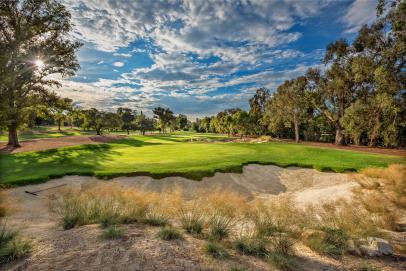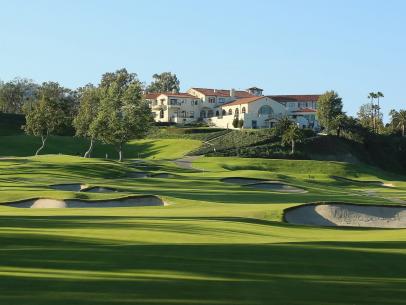Courses
The best George Thomas courses, ranked
Though many golfers may not be familiar with George C. Thomas Jr., you’ll recognize his best courses, including Los Angeles Country Club, host of the 2023 U.S. Open, and Riviera Country Club, annual host of the Genesis Invitational.
Whether you know Thomas or not, in his most famous courses you'll notice his design philosophies that continue to influence course architecture a century later. Along with builder William P. (Billy) Bell, Thomas designed three of Los Angeles’ finest courses in the 1920s: LACC North (No. 16 on Golf Digest’s latest America’s 100 Greatest Courses ranking), Riviera (No. 18) and Bel-Air Country Club (No. 135). At each, Thomas delivered on his belief that courses should embrace the natural contours of the land.
So why isn’t Thomas as recognized as many of his contemporaries like Donald Ross, A.W. Tillinghast or Alister MacKenzie? Golf was just one of Thomas’ many interests, along with horticulture, writing and dog breeding, and his portfolio is limited as such. Depending on how you count redesigns, he only designed around 20 courses, paling in comparison to the hundreds that Ross created across the country. It's widely understood that Thomas never accepted a design fee for his services.
In this guide, we highlight Thomas’ best designs, starting with the great triumvirate in Los Angeles and including a top collegiate course, as well as a couple historic municipals.
Scroll on for the complete list of the best George Thomas courses, and be sure to click through to each individual course page for bonus photography and reviews from our course panelists. We also encourage you to leave your own ratings on the courses you’ve played … so you can make your case for why a course should be higher or lower on our rankings.
The best George Thomas courses

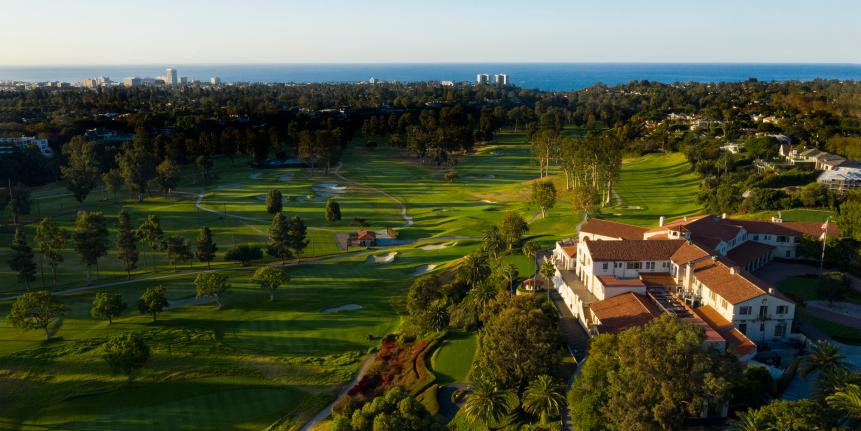

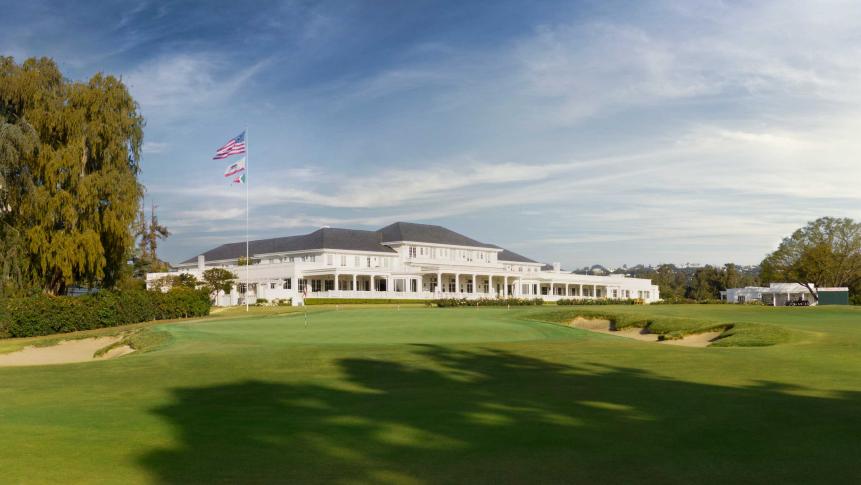
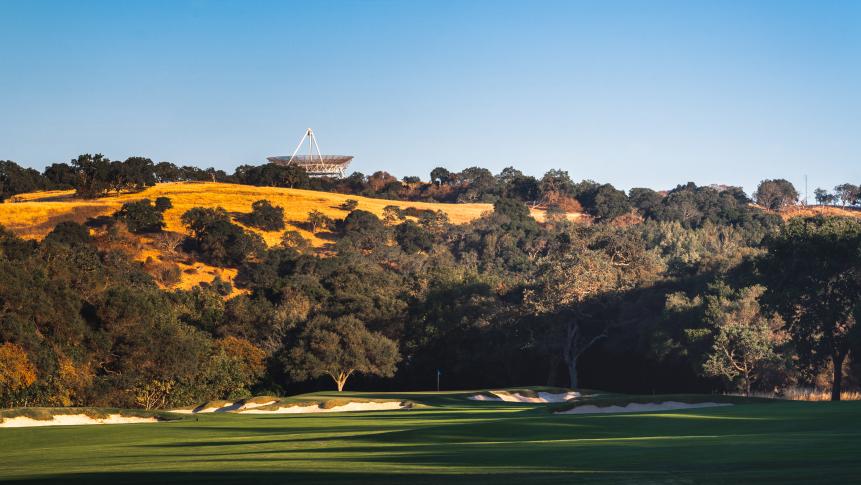
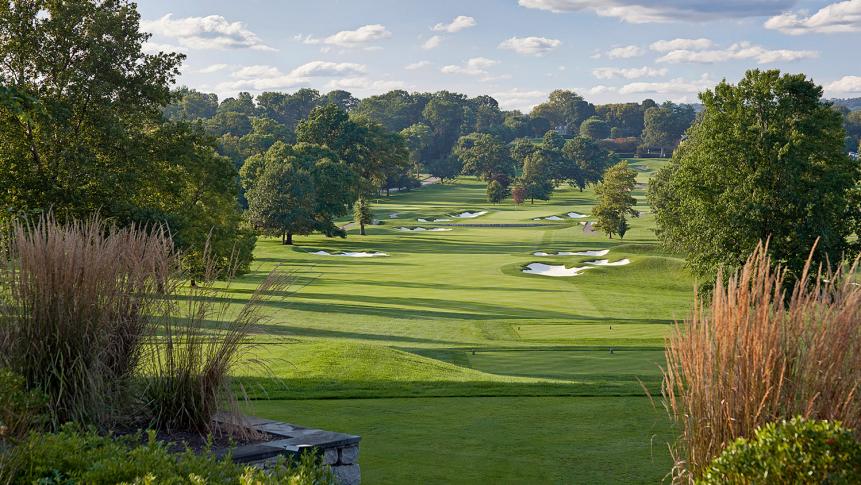





• • •
Explore Golf Digest's new Course Reviews section where you can submit a star rating and evaluation on all the courses you’ve played. We've collected tens of thousands of reviews from our course-ranking panelists to deliver a premium experience, which includes course rankings, experts' opinions, bonus course photography, videos and much more. Check it out here!

